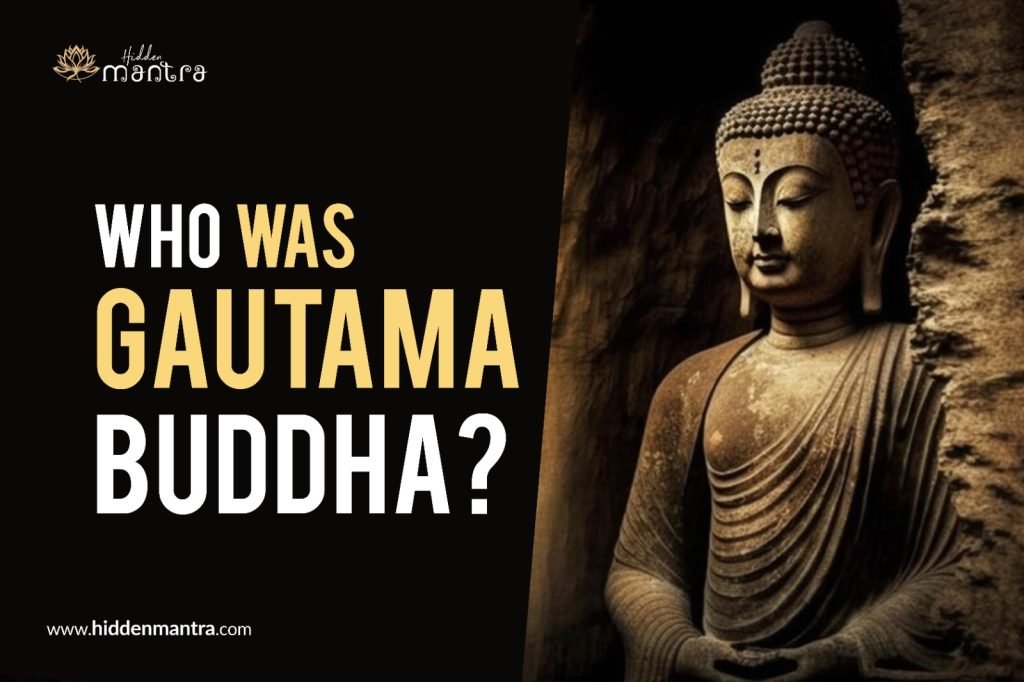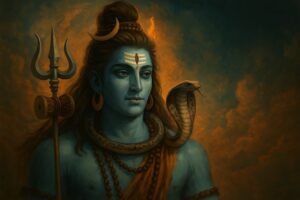Table of Contents
Toggle“Just as a flower cannot bloom without sunlight, the heart cannot find peace without understanding.” – Gautama Buddha
Who Was Gautama Buddha?
Gautama Buddha, also known as Siddhartha Gautama, was a profound spiritual leader and the founder of Buddhism. He was born in the 5th century BCE into a royal family in Lumbini, which is now part of modern-day Nepal. His father, King Suddhodana, ruled over the Shakya kingdom, providing Siddhartha with a life of luxury and comfort.
Despite his privileged upbringing, Siddhartha became disillusioned with the world after witnessing the realities of old age, sickness, and death. Motivated by a deep desire to understand the nature of human suffering and find a path to liberation, he renounced his royal lifestyle at 29.
Siddhartha tackled a rigorous spiritual quest, studying under renowned teachers and practising severe asceticism. However, he realized that extreme self-mortification was not the key to enlightenment and liberation.
Eventually, Siddhartha followed the Middle Way, a balanced approach between indulgence and extreme asceticism. Sitting under a Bodhi tree in Bodh Gaya, India, he engaged in deep meditation and vowed not to rise until he had attained enlightenment.
After forty-nine days of meditation, Siddhartha experienced a profound realization and became enlightened. From that moment on, he was known as Gautama Buddha, which means “the awakened one.”
Gautama Buddha spent the remainder of his life teaching the Dharma, the universal truths he had discovered. His teachings emphasized the Four Noble Truths: the reality of suffering, the origin of suffering, the cessation of suffering, and the path to the death of suffering. The Eightfold Path, a practical guide for ethical living and mental development, formed the foundation of his teachings.
Throughout his ministry, Gautama Buddha attracted a large following of disciples, both monks and laypeople, who embraced his teachings and sought to live by them. His teachings spread across ancient India and eventually reached other parts of Asia, becoming one of the world’s major religions.
The Four Sights of Siddhartha Gautama
After spending his early life in the sheltered confines of the palace, Siddhartha Gautama’s life took a transformative turn at the age of 29 when he ventured outside the palace walls. It was during this pivotal moment that he encountered what would become known as the Four Sights, profound experiences that would change the course of his life forever.

- The Old Man
As Siddhartha wandered beyond the palace grounds, he came across an elderly man, frail and feeble, struggling to walk. This sight of aging and vulnerability deeply impacted the young prince, raising questions about the inevitability of old age and the impermanence of life - The Sick Person
Not long after witnessing the old man, Siddhartha encountered a person afflicted by illness, writhing in pain and suffering. This sight exposed him to the reality of human suffering and the fragility of physical health, prompting contemplation about the nature of pain and imperfection. - The Corpse
The third sight that Siddhartha encountered was that of a lifeless body, a stark reminder of mortality and the transience of existence. Witnessing death for the first time, he realized the inescapable truth of mortality and the fleeting nature of human life. - The Wandering Ascetic
As Siddhartha grappled with the weight of these experiences, he came across a wandering ascetic, a renunciant who had forsaken worldly possessions in pursuit of spiritual truth. The sight of a person seeking a higher understanding of life and the self struck a chord within him, inspiring thoughts of a path beyond worldly attachments.
Conclusion
In conclusion, Gautama Buddha’s life was a journey from privilege to culture. The Four Sights sparked his quest to understand suffering, leading him to become the Buddha and share timeless knowledge with the world. His teachings continue to inspire seekers of inner peace and awakening.









One Response
Very nice, great 👍